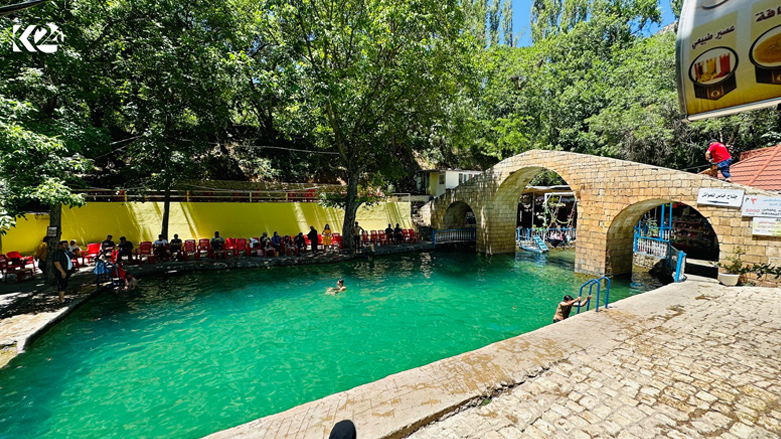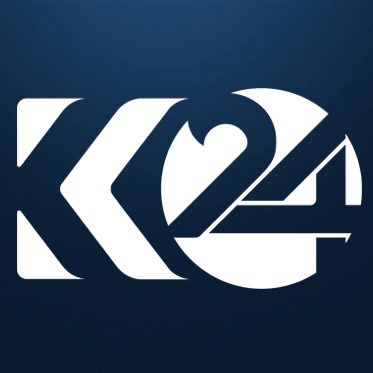Duhok expects more than 100K tourists during Eid al-Adha, says official

ERBIL (Kurdistan 24) – As the Kurdistan Region and Iraq are about to mark Eid al-Adha on Wednesday, Duhok province is expected to be visited by more than 100,000 tourists from different Iraqi parts as well as regional countries, the city’s chief of tourism said.
The checkpoints between the Kurdistan Region and Iraqi provinces have witnessed an uptick in tourists and visitors who wish to spend the holiday in the summer resorts of Kurdistan amid rising temperatures in the country's southern regions.
“We expect more than 100,000 tourists to visit Duhok [during Eid al-Adha],” Khairy Ouso, the head of Duhok’s tourism authority, told Kurdistan 24 at one of the checkpoints entering Erbil province from the south.
Duhok's entertainment and food venues have a daily capacity of receiving 15,000 tourists, the official said, adding necessary preparations had been made.
The province is home to several tourist hotspots that attract visitors mainly from the Iraqi federal cities that spend time at its resort areas, particularly during holidays.
The Kurdistan Region's capital Erbil expects around 500,000 visitors during the holiday, the city's tourism authority has recently told Kurdistan 24.
Eid al-Adha is a four-day Islamic feast, during which thousands of sacrificial animals are slaughtered to mark the religious ceremony. Those who observe the event visit loved ones and acquaintances, with whom they share food and desserts.
Over six million people visited Kurdistan Region in 2022, per official figures.
The Kurdistan Regional Government (KRG) plans to further boost the tourism sector as an alternative to diversify its reliance on hydrocarbon revenues. The plan includes an eight-year-long strategy to attract 20 million tourists annually by 2030.
The relative security and improved tourism infrastructure of the Kurdish region are often hailed as the main reasons for attracting Iraqi and regional tourists.
The government launched an electronic visa application system early this year in a bid to facilitate investment and tourism in the Kurdish region.
